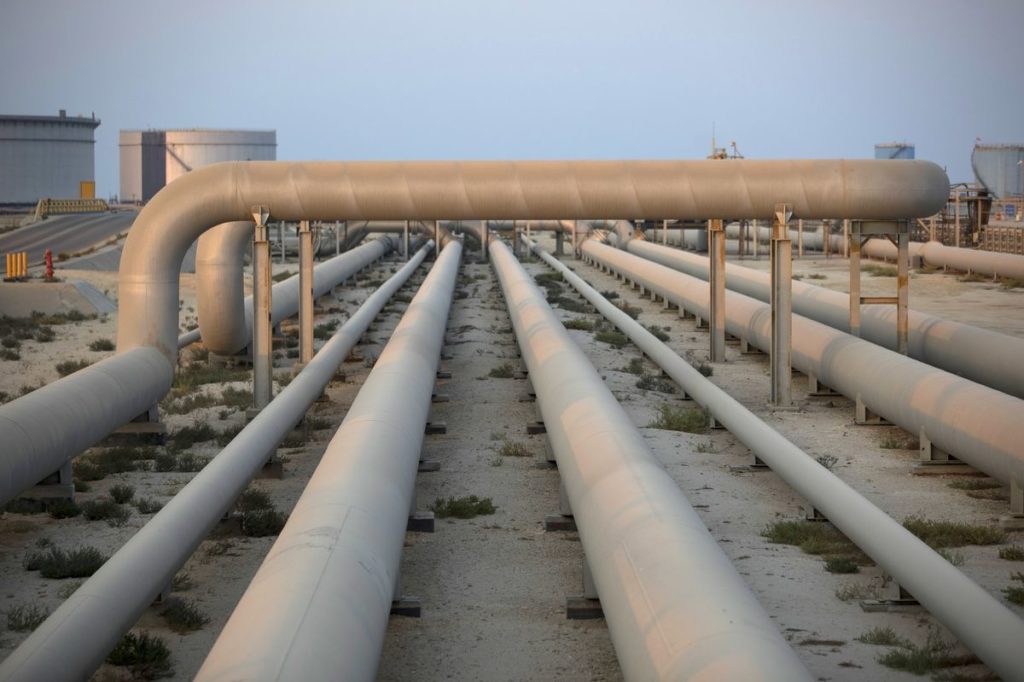
Oil plunged nearly 7% in London after Reuters reported Saudi Arabia is close to restoring 70% of the oil production it lost after this weekend’s attack on a key crude facility in the kingdom.
Brent crude dropped to as low as $64.48 a barrel on the report, which cited an unidentified Saudi source saying the OPEC member would return to full production in the next two to three weeks. Energy Minister Prince Abdulaziz bin Salman is scheduled to hold a press briefing on Tuesday evening in Jeddah.
Estimates of when, and how much, of the 5.7 million barrels a day of shut output would be back online has fluctuated since the attack.
Significant volumes could come back within days, people familiar with the matter said over the weekend, adding that it could still take weeks to restore full capacity.
Brent futures rose 19% in a matter of seconds at the open on Monday and ending the day up 15%, their biggest single-day advance.
The worst ever sudden disruption to global oil supplies continues to reverberate as geopolitical risk premiums soar on concern over instability in the Middle East and a potential retaliation against Iran, which the U.S. has blamed for the strikes.
Brent for November settlement fell $4.09 to $64.92 a barrel at 10:12 a.m. in London. Ten unmanned drones damaged one of the Saudis’ flagship fields and a key processing complex Saturday, triggering one of the wildest bouts of trading seen in oil markets.
WTI for October slid $3.48 to $59.42 a barrel, after declining as much as 5.6% The U.S. benchmark’s discount to Brent for the same month narrowed to $5.54.
Saudi Aramco is firing up idle offshore oil fields — part of its cushion of spare capacity — to replace some of the lost production, a person familiar said earlier.
Customers are also being supplied using stockpiles, though some are being asked to accept different grades of crude. The kingdom has enough domestic inventories to cover about 26 days of exports, according to consultant Rystad Energy A/S.
The disruption surpasses the loss of Kuwaiti and Iraqi petroleum output in August 1990, when Saddam Hussein invaded his neighbor.
It also exceeds the loss of Iranian oil production in 1979 during the Islamic Revolution, according to the IEA.